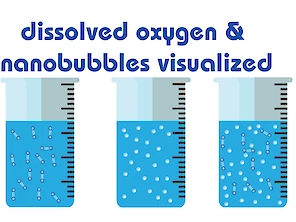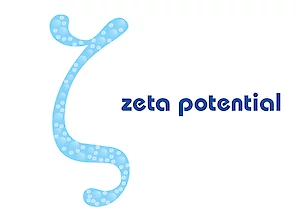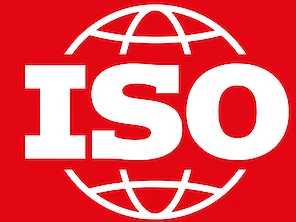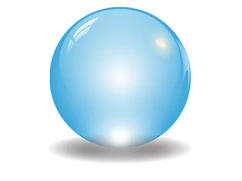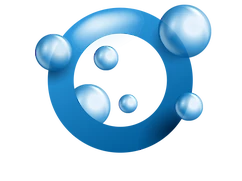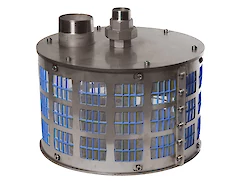Published: Tuesday, 12 August 2025
Modified: Tuesday, 30 September 2025
Calculate the Right Nanobubble Generator Capacity: Step-by-Step Guide for Perfectly Clear, Healthy Pools
How to calculate exactly what you need for 50 m³

Want a fresh, crystal-clear home pool without that harsh chlorine smell or algae buildup? Thanks to nanobubble technology, it’s easy to achieve. But how do you determine exactly what you need for your own pool setup? In this blog, we'll walk you through how to choose the perfect nanobubble generator and why it’s a smart investment for every pool owner.
What are nanobubbles?
Nanobubbles are tiny gas bubbles (less than 200 nanometers in diameter) that are injected into water. In swimming pools, they’re revolutionary because they:
- Purify water with extreme efficiency
- Prevent biofilm and algae buildup
- Reduce or even eliminate the need for chemicals
- Create softer, fresher swimming water
They're invisible to the naked eye, remain suspended in the water for hours (sometimes days), and prevent dirt from clinging to pool surfaces. But how many nanobubbles does your pool actually need? And which generator is best for the job? Let's break it down.
Step 1: Pool volume and circulation rate
Everything starts with your pool's volume. Let's say your pool holds 50,000 liters (or 50 m³, typical for a large private pool). To keep the water fresh and clean, it needs to be fully circulated approximately every 6 hours. This is known as the turnover time.
Calculation example: How much water flows through your filter each minute?
50,000 liters ÷ 360 minutes (6 hours) = approx. 139 liters (36.7 gallons) per minute.
Step 2: how many nanobubbles are needed?
Now we look at dosing. Nanobubbles are measured in ppm (parts per million), which is equivalent to mg/L in pools.
- Light usage: 0.10–0.20 mg/l
- Typical usage: 0.20–0.30 mg/l
- Heavy usage (lots of swimmers): 0.30–0.50 mg/l
For most private pools, 0.25 mg/l is a solid standard to aim for.
Step 3: What size nanobubble generator do you need?
The capacity of a swimming pool nanobubble generator is measured in grams of gas per hour (oxygen or ozone) injected into the water.
Formula (liters per minute):
Required capacity (g/hr) = dosage (mg/l) × flow rate (l/min) × 0.06
Let's plug in the numbers from our example:
- Dosage: 0.25 mg/l
- Flow rate: 139 l/min
- Conversion factor: 0.06
0.25 × 139 × 0.06 = approx. 2.1 grams per hour
So, you’ll need a nanobubble generator that delivers at least 2 grams per hour, ideally up to 3 grams for added margin, at a flow rate of 140 liters per minute (or 37 GPM).
And in gallons per minute (GPM):
Capacity (g/hr) = ppm × GPM × 0.228
0.25 × 36.7 × 0.228 = approx. 2.1 grams per hour
Step 4: practical tips & considerations
The benefits & Customer feedback
The benefits
- Fewer chemicals: lower chlorine use, no harsh odors, and softer water
- Easier maintenance: less residue, reduced algae growth, no more cloudy water
- Sustainable and safe: nanobubbles are a natural, modern solution to pool problems
Customer Feedback
The reactions speak volumes: no more dry skin, no burning eyes, and always that fresh, clean feeling. That's why nanobubbles are the future — for both outdoor and indoor pools.
Conclusion

With the right nanobubble generator, your pool stays cleaner, healthier, and more enjoyable for everyone who dives in. Use the simple formula to calculate the required capacity, then explore our product range to find the generator that best fits your pool.
Warning note: All calculations and examples are based on experience and certain assumptions; your case may differ. The calculations above do not make any warranties or guarantees.
